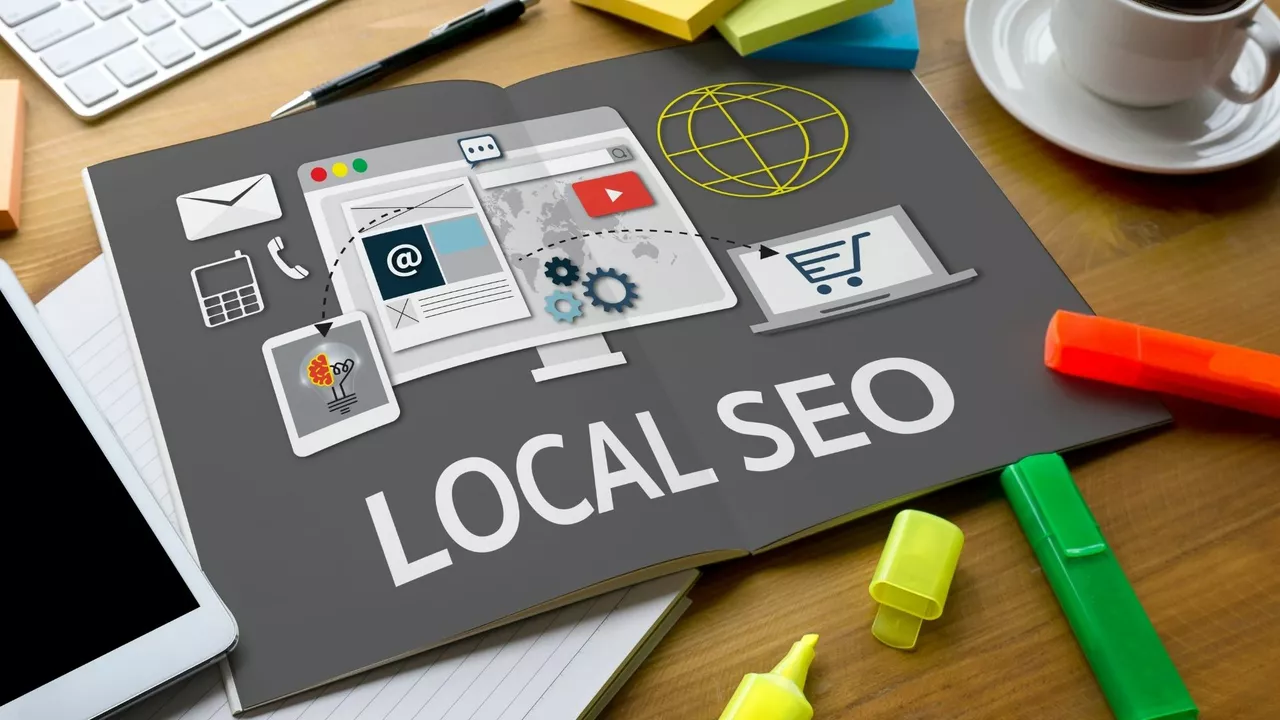Understanding the Real Differences That Shape Modern Marketing
Ever wonder why some campaigns explode while others barely make a ripple? The answer often lies in the subtle differences between strategies. When you can spot what sets one approach apart from another, you stop guessing and start winning.
Digital vs. Traditional: More Than Just Channels
Digital marketing lets you target a specific person with a single click, while traditional marketing casts a wider net across TV, radio, or print. The digital approach gives you real‑time data, so you can tweak ads on the fly. Traditional methods, on the other hand, build brand memory over time and work well for broad awareness.
Think of it like a conversation: digital is a text message you can edit instantly, traditional is a billboard you set up months ahead of time. Both have value, but the difference is how fast you can respond to audience behavior.
SEO vs. SEM: The Search Engine Showdown
Search Engine Optimization (SEO) is the free, long‑term game. You craft content, earn backlinks, and wait for rankings to climb. Search Engine Marketing (SEM), usually paid, puts you at the top of results right away, but you pay per click.
The key difference? SEO builds lasting authority; SEM delivers immediate traffic. Many marketers blend both—use SEM to capture quick leads while SEO works in the background to keep the funnel flowing.
Another common confusion is between content creation and marketing. Creating a video or blog post is just the first step. Marketing means promoting that piece, measuring its impact, and adjusting the message. Without the promotion, even the best content can stay hidden.
When you compare inbound and outbound tactics, the difference is the direction of the conversation. Inbound draws people in with useful content; outbound pushes a message out to a broad audience. Inbound tends to cost less per lead because the audience is already interested.
Automation adds another layer of difference. Some think marketing automation only handles email, but it also personalizes website experiences, scores leads, and triggers actions across channels. The result is a smoother journey for the customer and less manual work for you.
Understanding these differences helps you choose the right mix for your business. You won’t waste budget on tactics that don’t fit, and you’ll be able to explain your plan clearly to stakeholders.
Ready to put these insights to work? Start by mapping a few of your current campaigns, labeling each as digital, traditional, SEO, SEM, inbound, or outbound. Spot the gaps, then fill them with the approach that matches your goal. The difference you make begins with recognizing the differences that matter.
- Dustin Chamberlain
- 0
What is the difference with SEO and Google ads?
SEO (Search Engine Optimization) and Google Ads are both essential digital marketing techniques, but they work differently. SEO is a strategy used to improve your website's organic ranking on search engines, while Google Ads is a paid advertising platform. With SEO, it's all about creating relevant content and using keywords to attract traffic. On the other hand, Google Ads allows you to pay for top slots on Google's search engine results pages. Thus, the main difference lies in the approach - organic vs. paid, and the time it takes to see results - SEO is a long-term strategy while Google Ads gives immediate visibility.
Read more